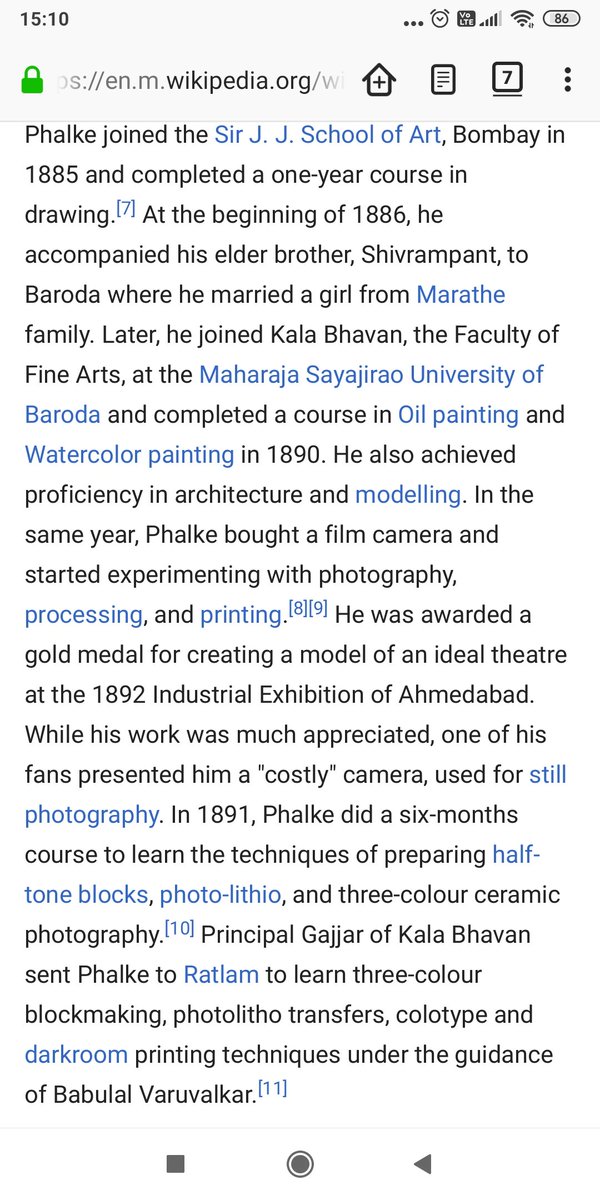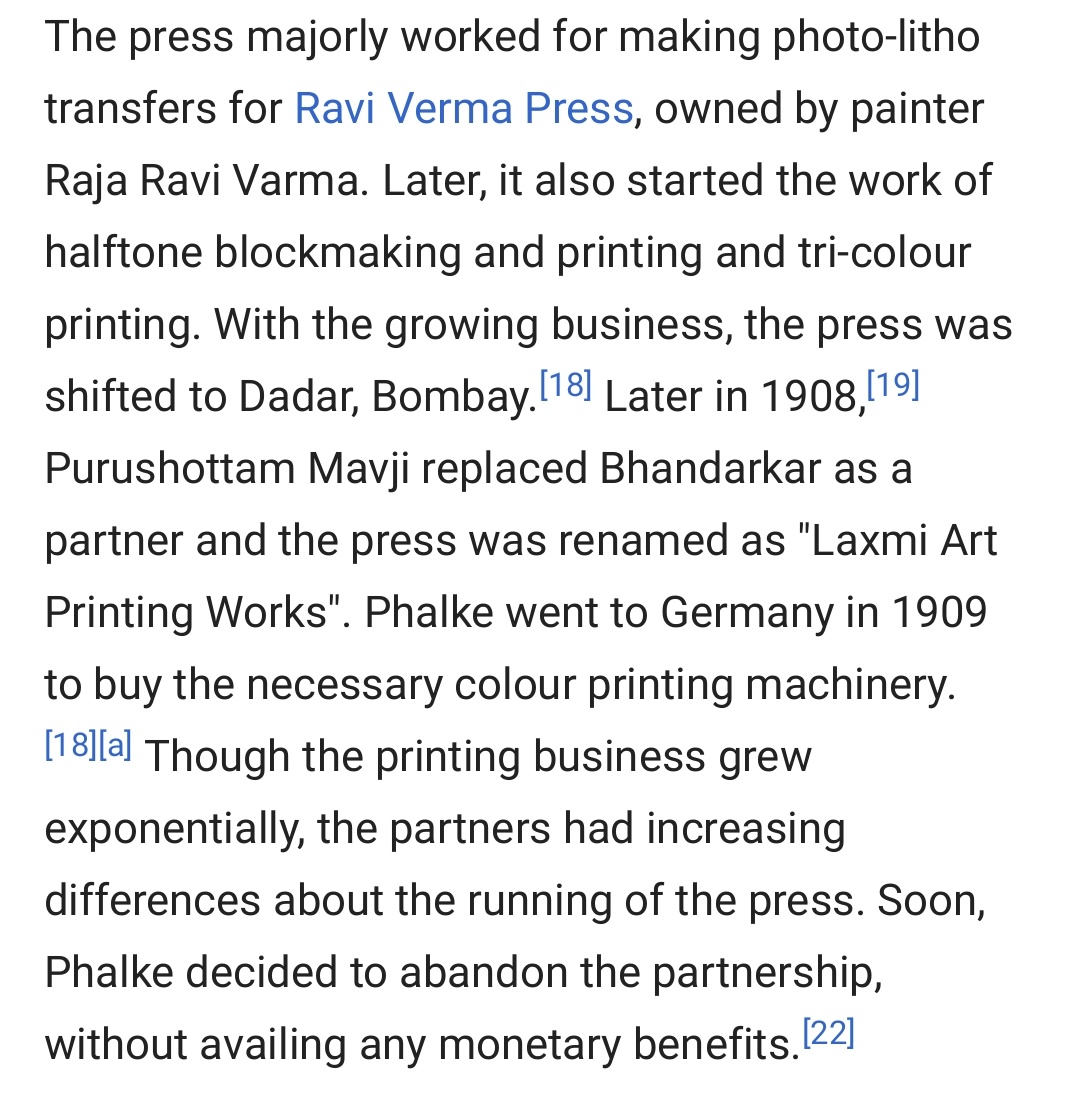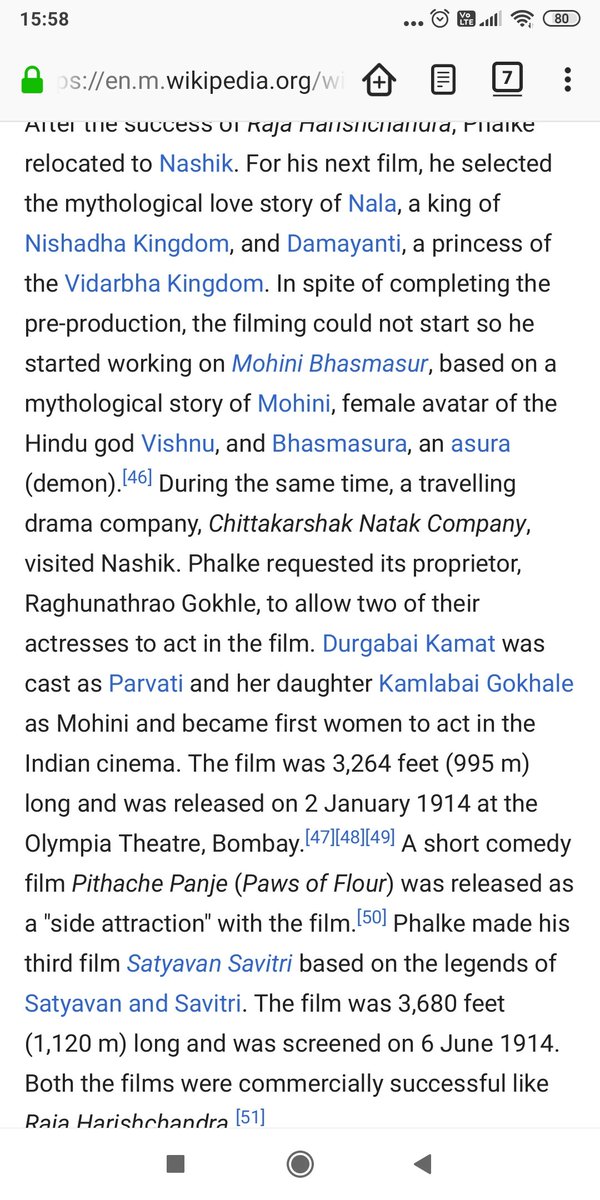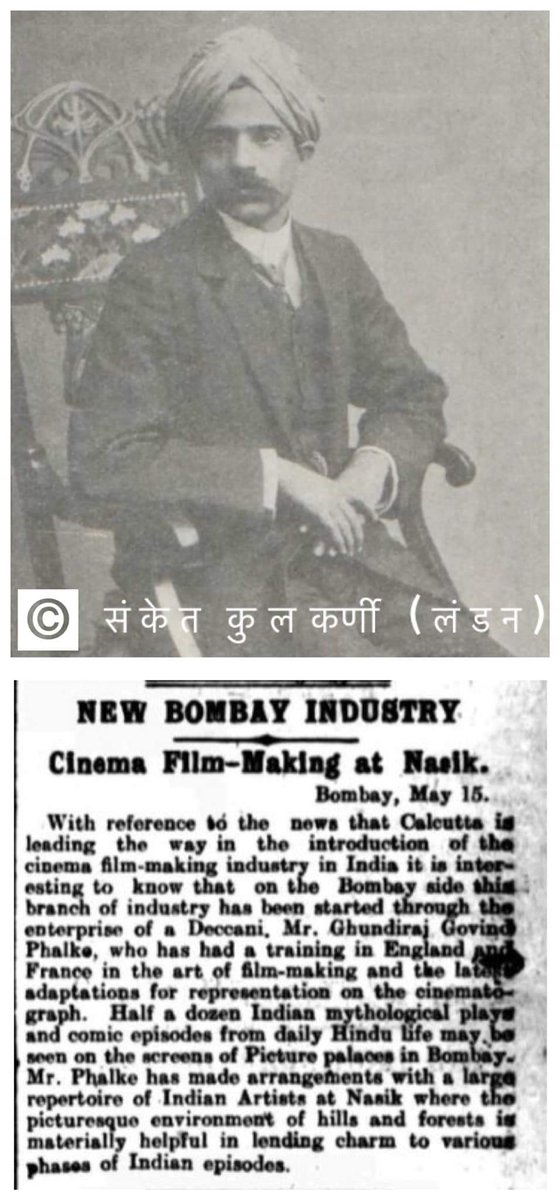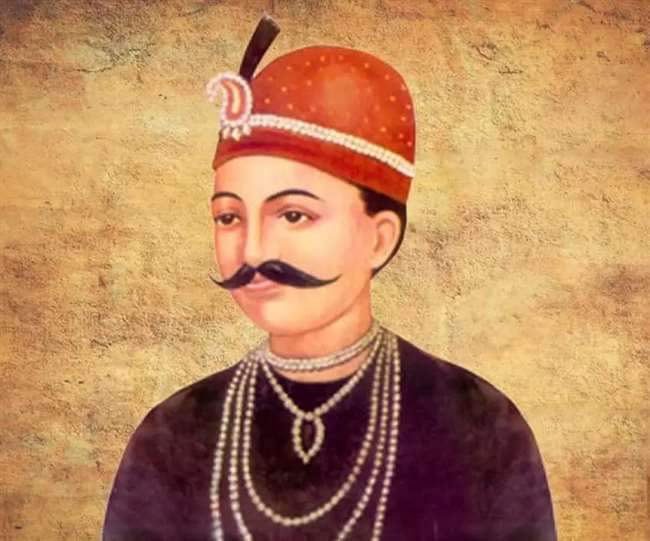1/n
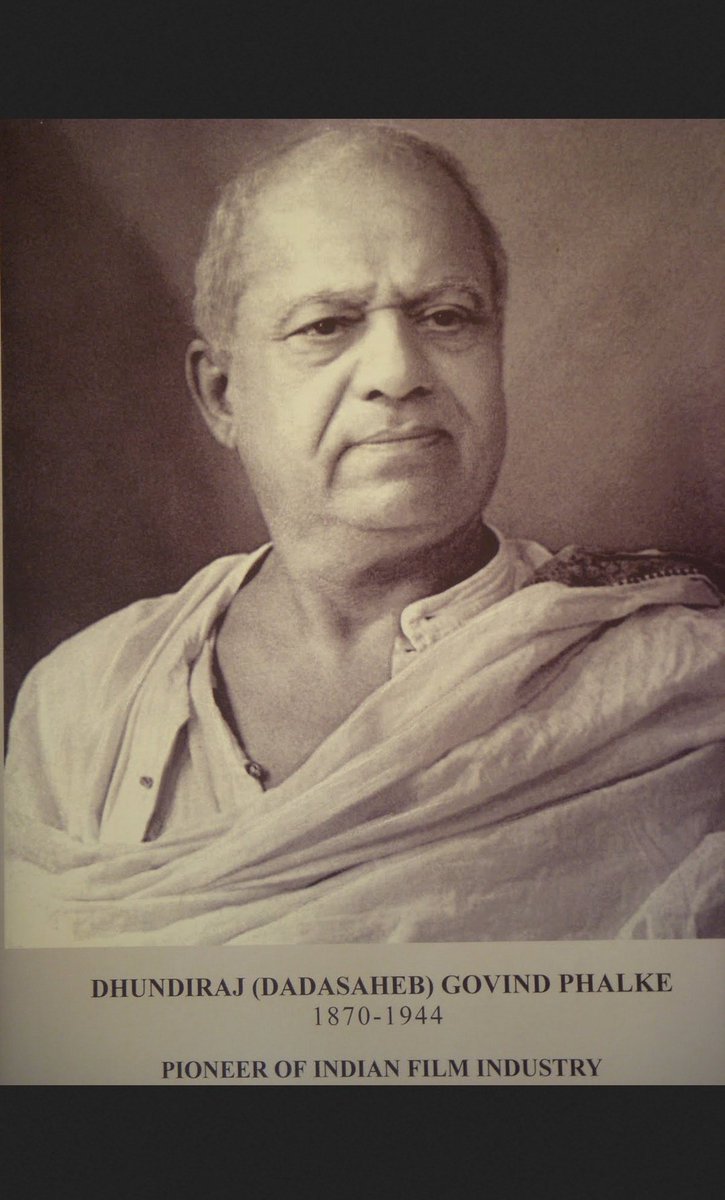
Link of First Indian Movie 👇
2/n
3/n
Phalke learned magic tricks from a German magician who was on a tour in Baroda that time. This helped him use trick photography in his filmmaking. At the end of 1901,..
5/n
6/n
8/n
9/n
10/n
11/n
12/n
13/n
14/n
15/n.
16/n
17/n
20/n
21/n
22/n
23/n

